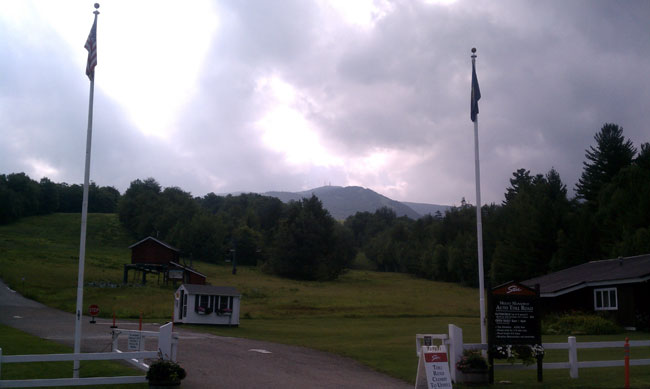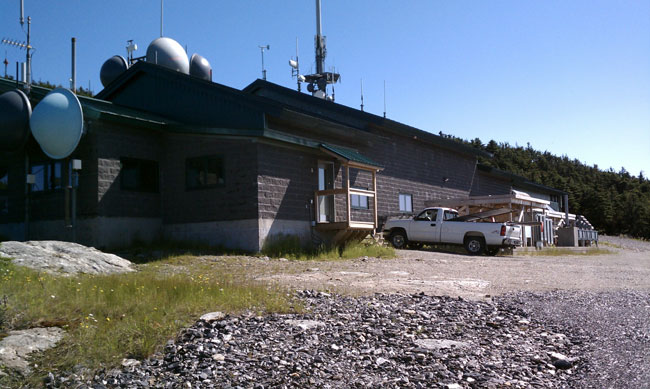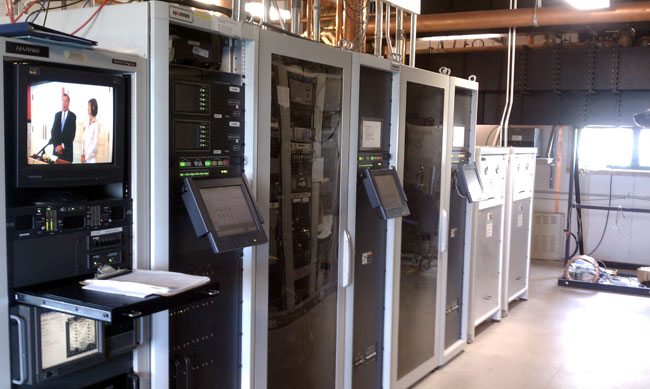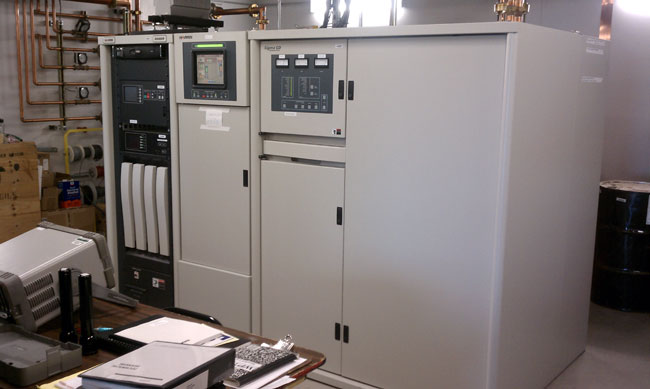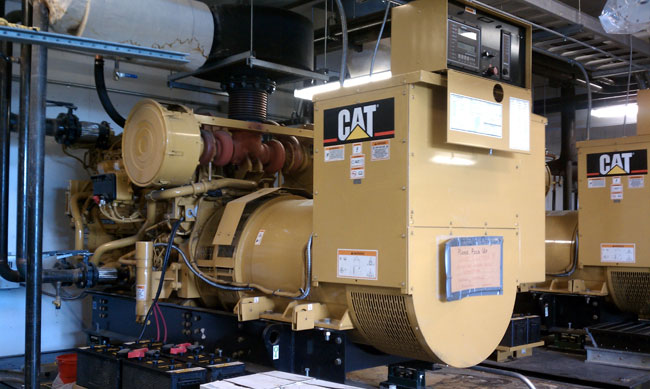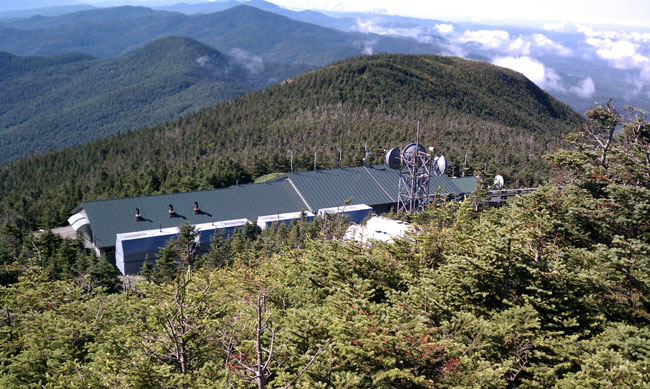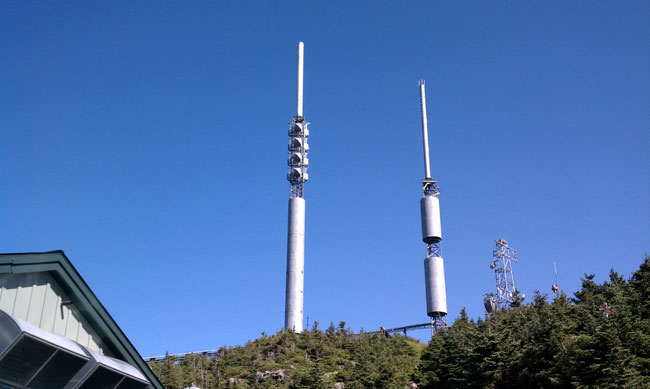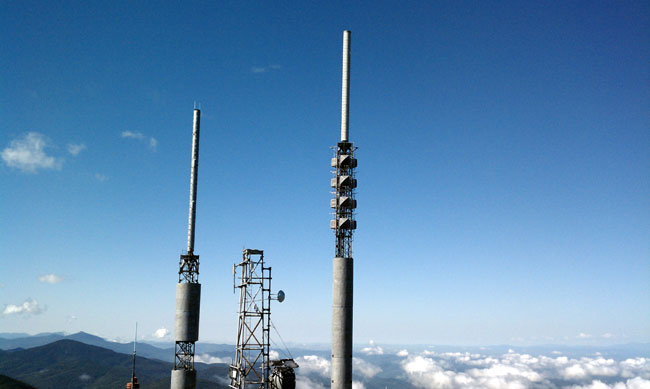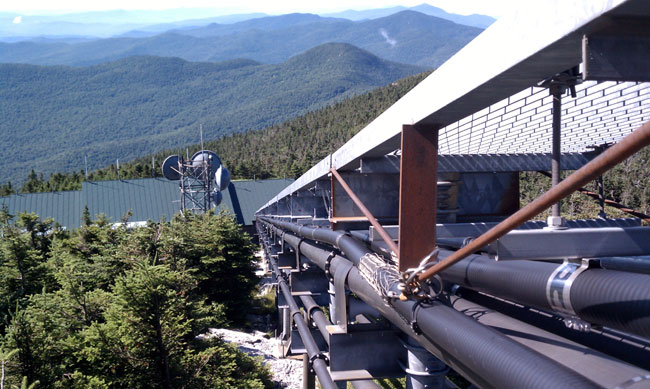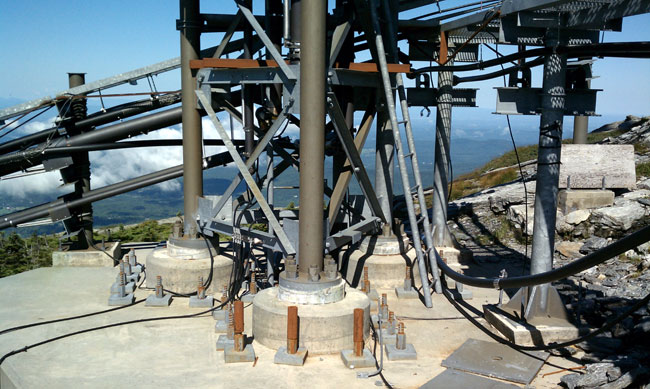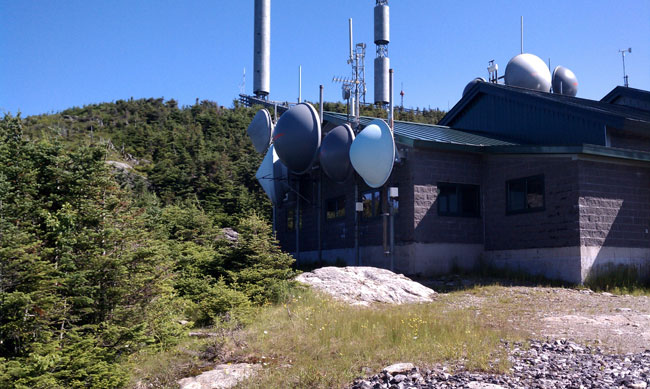While I was away, the FCC released a Further Notice of Proposed Rule Making (11-105) regarding LPFM and translators. There are several issues with a backlog of translator applications and the possible LPFM window that looms out in the future somewhere. The current FCC translator rules bear little or no resemblance to the reality of FM translator use today.
The basic translator rules are found in FCC 74.1206 through 74.1290 with the programming and permissible service outlined in FCC 74.1231:
Sec. 74.1231 Purpose and permissible service.
(a) FM translators provide a means whereby the signals of AM or FM broadcast stations may be retransmitted to areas in which direct reception of such AM or FM broadcast stations is unsatisfactory due to distance or intervening terrain barriers, and a means for AM Class D stations to continue operating at night.
(b) An FM translator may be used for the purpose of retransmitting the signals of a primary AM or FM radio broadcast station or another translator station the signal of which is received directly through space, converted, and suitably amplified, and originating programming to the extent authorized in paragraphs (f), (g), and (h) of this section. However, an FM translator providing fill-in service may use any terrestrial facilities to receive the signal that is being rebroadcast. An FM booster station or a noncommercial educational FM translator station that is operating on a reserved channel (Channels 201-220) and is owned and operated by the licensee of the primary noncommercial educational station it rebroadcasts may use alternative signal delivery means, including, but not limited to, satellite and terrestrial microwave facilities. Provided, however, that an applicant for a noncommercial educational translator operating on a reserved channel (Channel 201-220) and owned and operated by the licensee of the primary noncommercial educational AM or FM station it rebroadcasts complies with either paragraph (b)(1) or (b)(2) of this section:
(1) The applicant demonstrates that:
(i) The transmitter site of the proposed FM translator station is within 80 kilometers of the predicted 1 mV/m contour of the primary station to be rebroadcast; or,
(ii) The transmitter site of the proposed FM translator station is more than 160 kilometers from the transmitter site of any authorized full service noncommercial educational FM station; or,
(iii) The application is mutually exclusive with an application containing the showing as required by paragraph 74.1231(b)(2) (i) or (ii) of this section; or,
(iv) The application is filed after October 1, 1992.
(2) If the transmitter site of the proposed FM translator station is more than 80 kilometers from the predicted 1 mV/m contour of the primary station to be rebroadcast or is within 160 kilometers of the transmitter site of any authorized full service noncommercial educational FM station, the applicant must show that:
(i) An alternative frequency can be used at the same site as the proposed FM translator’s transmitter location and can provide signal coverage to the same area encompassed by the applicant’s proposed 1 mV/m contour; or,
(ii) An alternative frequency can be used at a different site and can provide signal coverage to the same area encompassed by the applicant’s proposed 1 mV/m contour.
(c) The transmissions of each FM translator or booster station shall be intended only for direct reception by the general public. An FM translator or booster shall not be operated solely for the purpose of relaying signals to one or more fixed received points for retransmission, distribution, or further relaying in order to establish a point-to-point FM radio relay system.
(d) The technical characteristics of the retransmitted signals shall not be deliberately altered so as to hinder reception on conventional FM broadcast receivers.
(e) An FM translator shall not deliberately retransmit the signals of any station other than the station it is authorized to retransmit. Precautions shall be taken to avoid unintentional retransmission of such other signals.
(f) A locally generated radio frequency signal similar to that of an FM broadcast station and modulated with aural information may be connected to the input terminals of an FM translator for the purpose of transmitting voice announcements. The radio frequency signals shall be on the same channel as the normally used off-the-air signal being rebroadcast. Connection of the locally generated signals shall be made by any automatic means when transmitting originations concerning
financial support. The connections for emergency transmissions may be made manually. The apparatus used to generate the local signal that is used to modulate the FM translator must be capable of producing an aural signal which will provide acceptable reception on FM receivers designed for the transmission standards employed by FM broadcast stations.
(g) The aural material transmitted as permitted in paragraph (f) of this section shall be limited to emergency warnings of imminent danger and to seeking or acknowledging financial support deemed necessary to the continued operation of the translator. Originations concerning financial support are limited to a total of 30 seconds an hour. Within this limitation the length of any particular announcement will be left to the discretion of the translator station licensee. Solicitations of contributions shall be limited to the defrayal of the costs of installation, operation and maintenance of the translator or acknowledgements of financial support for those purposes. Such acknowledgements may include identification of the contributors, the size or nature of the contributions and advertising messages of contributors. Emergency transmissions shall be no longer or more frequent than necessary to protect life and property.
(h) An FM translator station that rebroadcasts a Class D AM radio broadcast station as its primary station may originate programming during the hours the primary station is not operating, subject to the provisions of Sec. 74.1263(b) of this part.
(i) FM broadcast booster stations provide a means whereby the licensee of an FM broadcast station may provide service to areas in any region within the primary station’s predicted, authorized service contours. An FM broadcast booster station is authorized to retransmit only the signals of its primary station which have been received directly through space and suitably amplified, or received by alternative signal delivery means including, but not limited to, satellite and terrestrial microwave facilities. The FM booster station shall not retransmit the signals of any other station nor make independent transmissions, except that locally generated signals may be used to excite the booster apparatus for the purpose of conducting tests and measurements essential to the proper installation and maintenance of the apparatus.
With a possible exception for use by Class D AM stations, the translator service has gone far away from what it was intended to be and even, in some cases, contradicts the current rules. DIY Media goes more into this in Unholy Alliance.
Consolidators are using translators to get around market ownership caps by using them to re-broadcast HD-2 and HD-3 channels, which would otherwise go unheard. Others are using translators to establish large networks of over-the-air relays to greatly extend their coverage far beyond any natural signal contour. Religious and public radio stations rely extensively on translators to establish radio signals that are several times the size of the original station. In one case, a translator in Harrisburg, PA is broadcasting a satellite feed of the True Oldies Channel that does not appear on any AM, FM or HD sub-channel in the market. The 80/160 KM distances noted above in section B(1)(i) and (ii) seem to be largely ignored.
What the FCC wants to know is this: There are thousands of pending translator applications; what is to be done about them in light of the new LPFM legislation Congress passed last year? Should they be dismissed, approved, or some market-based combination of the two? Keep in mind, the new LPFM stations are on an equal regulatory footing with translators, unlike full-power FM or the previous LPFM licenses granted in 2003.
Whatever the outcome, it would appear that this will be the final chance to get an LPFM license when the filing window opens. After this, there will likely not be a scrap of spectrum left to dole out. The deadline for filing comments with the FCC is August 29th.

